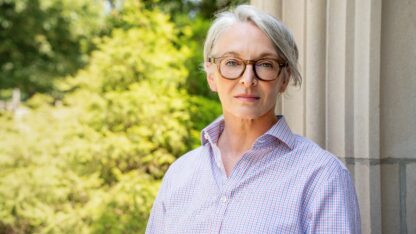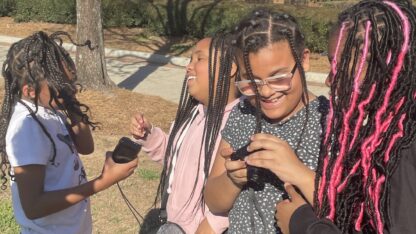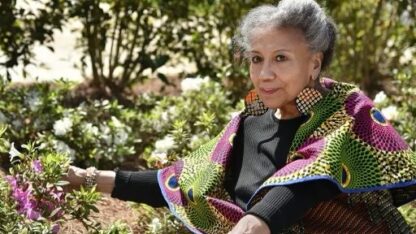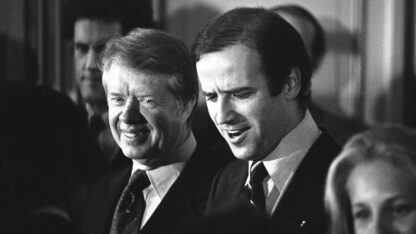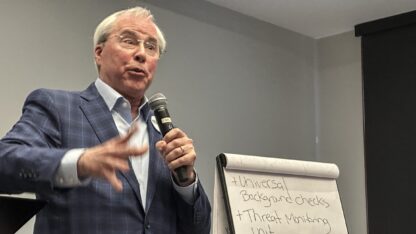Decades of photography question what defines the South in Georgia Museum of Art exhibit
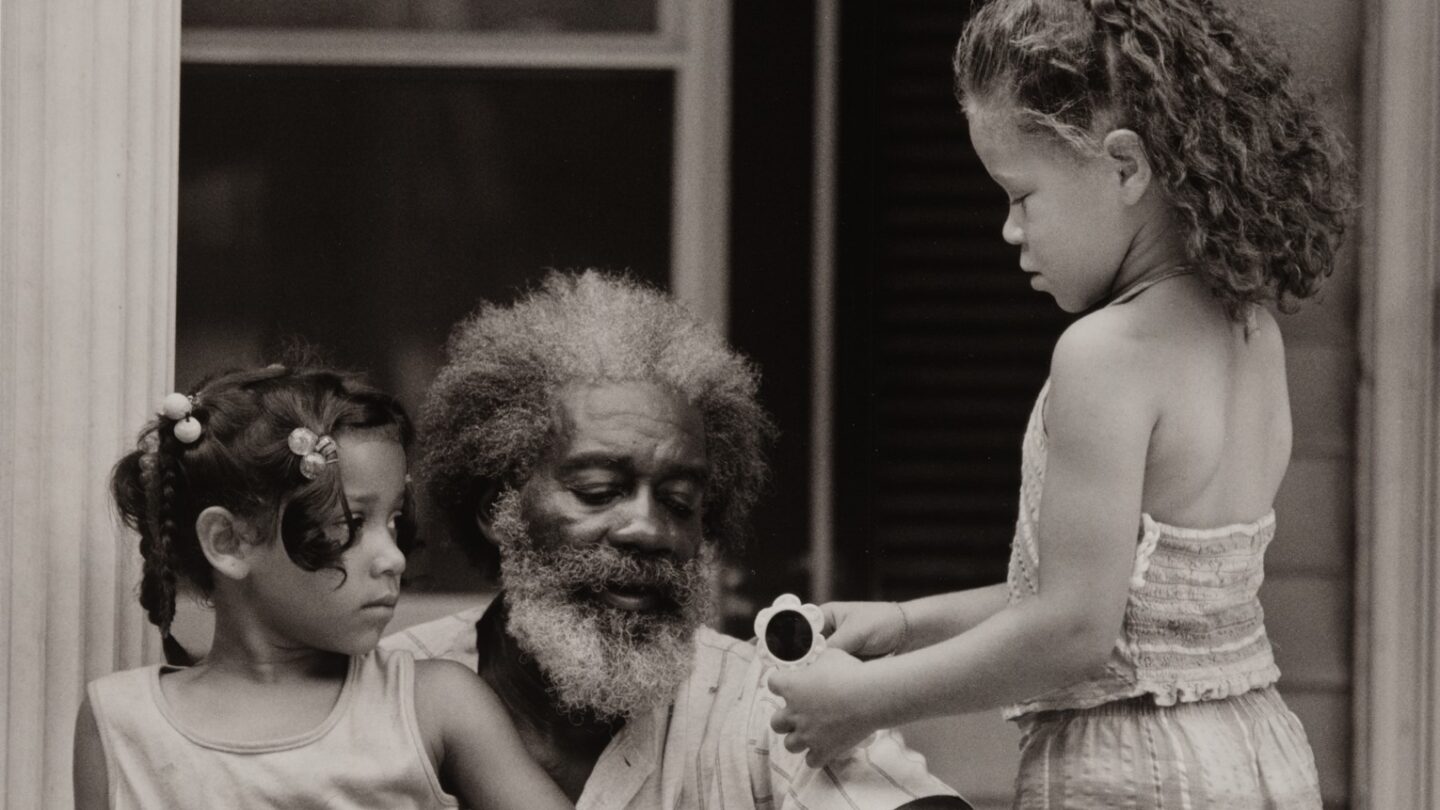
”Reckonings and Reconstructions,” an exhibition on view at UGA’s Georgia Museum of Art, invites viewers to consider what defines the South through several decades of Southern photography. The show presents the first display of the entire Do Good Fund collection, spanning generations of photography from the 1950s to the present. Georgia Museum of Art curator Jeffrey Richmond-Moll joined “City Lights” host Lois Reitzes via Zoom to talk more about the exhibition’s scope and statements on Southern life.
Interview highlights:
On the blurred lines of Southern geography, identity and mythos:
“One of the biggest challenges of this exhibition was defining what Southern is, where the South exists. Is it an imagined place? Is it an actual geography? How has the South been defined in the past and now in the present?” Richmond-Moll mused. “I think what unites the works as particularly Southern, aside from the fact that they were taken within what’s conventionally defined as the American South, is they actually convey something about how the South is continuing to change; how it’s not something stable, but … is going through continued transformation, and I think especially with choosing those two words in the title, ‘Reckonings and Reconstructions,’ there is always this sense of looking back and looking ahead.”
“I think what the Do Good Fund did so well … was to balance the expected with the unexpected,” said Richmond-Moll. “Who is making work that maybe troubles and upsets our standard associations and really, in a way, the stereotypes that exist about who the South is and what the South looks like? So this is something that I think anyone has to be careful of is to not perpetuate the kind of stereotypes that I think photography has long created, or at least helped reinforce about the region … Coincidentally for us being located in Athens, Georgia, a number of these artists have ties to Athens people — Georgia Rhodes and Rosie Brock, and then others working further afield, Kristine Potter, Matt Eich in Virginia — these photographers are bringing these fresh perspectives that take what we think we know about the South and then turn it on its head.”
On the Do Good Fund’s achievements in Southern photography preservation:
“The Do Good Fund was founded in 2012 by a man named Alan Rothschild. It was founded in Columbus with this intention to create a museum-quality photography collection that could be shared with communities throughout the South, with this idea that there are communities all throughout the region that simply don’t have access to that level of photography,” Richmond-Moll explained. “So it’s a lending collection; that’s how it was founded, that’s long been its mission. And the collection has over the past 10 years amassed a group of over 800 photographs by … photographers working from the 1950s to the present day.”
“We partnered up with the Do Good Fund for this exhibition to celebrate the 10th anniversary, and think about how it has been pursuing this mission of seeing photography as having this moral imperative — the notion that the camera and that a photographer can do good for the South and for the world through the work.”
Themes of law and protest, ritual and kinship, land, labor and food:
“[Sheila Pree Bright’s] ‘1960 Now’ series is all about this notion that the past is not fully behind us, and the problems that we face and the resistance that’s required to build a new region and build a new community is not over. And her work appears next to some of the famous photographs from Life Magazine by Gordon Parks,” said Richmond-Moll. “A photographer named Paul Kwilecki, who’s from Bainbridge, Georgia … always talked about how he loved making pictures in the courthouse in Bainbridge, because he felt like that was the place where politics became personal, where the law manifested itself in the everyday lives of everyday people.”
“These photographs in [the ‘land’] section, I think what makes them Southern is not just their pictures of the Southern landscape, but they show what kinds of relationships exist between people and the environment, between culture and nature. They show, as in the case of photographs by Jeff Rich of the Blue Ridge Paper Mill, or Stacy Kranitz, who makes a photograph of a playground that you don’t realize until you read the title is sitting directly beside a toxic landfill in this town in Louisiana, full of Superfund sites and petroleum plants. So you have these images that expose the devastation of the Southern landscape and its impact upon communities, but then you also have the ones that show something more intimate about how people relate to the land.”
“Reckonings and Reconstructions” is on view at UGA’s Georgia Museum of Art through Jan. 8. More information is available at georgiamuseum.org/exhibit/reckonings-and-reconstructions-southern-photography-from-the-do-good-fund.
